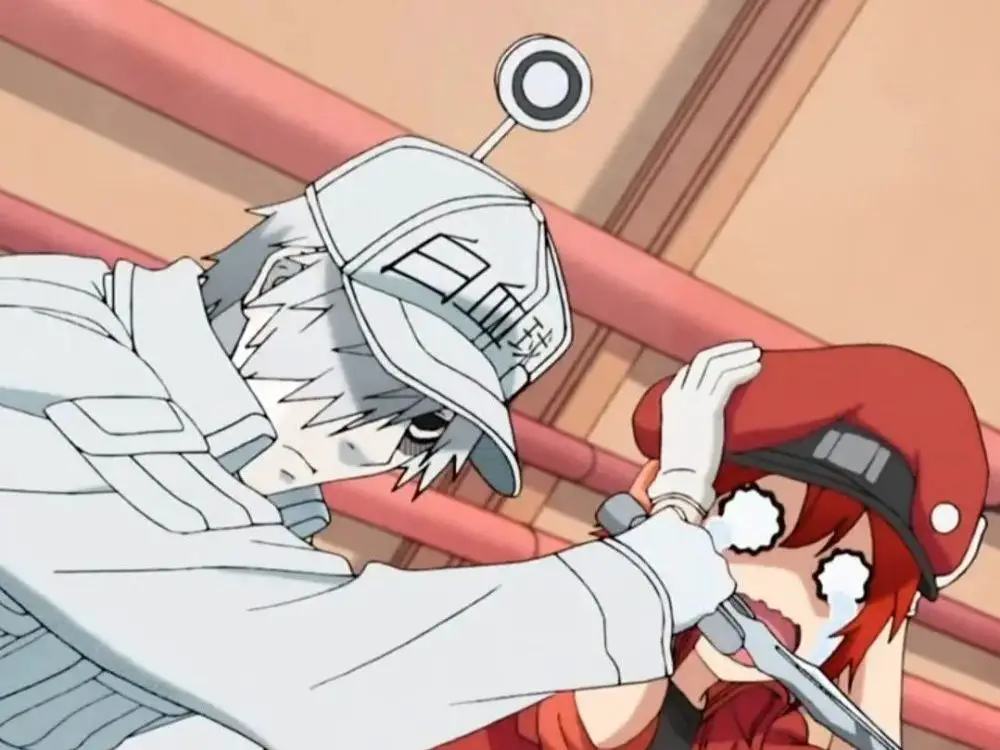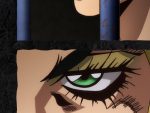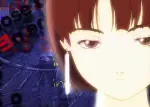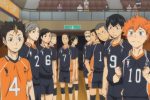For many years, educational programming has relied on its characters and stories to attract audiences. Shows like “Paw Patrol” and “Dora the Explorer” use their narratives as a framing device for lessons interspersed throughout every episode. Unfortunately, the need to balance story and education often requires both aspects to be simplified, preventing many similar shows from appealing to an audience beyond young children. However, “Cells at Work!” and “Heaven’s Design Team” present a different approach to this narrative-focused format. By directly tying scientific concepts into the stories of each show, they succeed in entertaining a much broader audience.
World-Building Within the Body of “Cells at Work!”
“Cells at Work!” presents a creative blend of science and storytelling by following the daily lives of cells within the human body. Most episodes show various internal functions of the body through the perspectives of its two protagonists: a red blood cell tasked with delivering oxygen across different organs and a neutrophil (a typical white blood cell) who protects the body’s many cellular inhabitants from invading viruses and bacteria.
Each character’s perspective focuses on a different aspect of human biology. Most scenes with the red blood cell highlight various bodily functions such as hair growth, blood circulation and heat regulation. However, the neutrophil’s perspective presents the many problems and threats the body may encounter that can interrupt its normal processes. Often, episodes that highlight the neutrophil culminate with him and other white blood cells confronting disease or other sources of danger to the body.
Not only do these moments educate viewers on the causes and capabilities of different types of threats, but they also demonstrate the show’s impressive ability to craft memorable lessons through explosive action sequences. As a result, the battles against viruses have the surprising effect of teaching about the chemicals and cells deployed by the immune system to prevent any threats from harming the body. “Cells at Work!” is one of very few educational series that successfully balances humorous writing and well-animated fight scenes to consistently deliver comprehensive lessons on the body’s many complex processes.
Although the show strives to depict cellular functions of the human body accurately, its success depends on a few creative liberties. The body is portrayed as a sprawling, industrial city inhabited by humanoid cells whose appearance is modeled after the cell they represent. This familiar imagery further extends to the individual biological processes, such as the second episode’s depiction of blood clotting. During this scene, the platelets construct a net to cover a large crater (representing an open wound) allowing a swarm of viruses to enter the body. The comprehensible presentation simultaneously entertains and educates the audience on the cells involved and how their actions protect the body.
The greatest strength of “Cells at Work!” is its careful integration of real-world science into its fictitious elements. Despite the human-like depiction of cells, the show consistently refers to characters by their cell type rather than assigning them names. It may initially seem odd to have protagonists named “Red Blood Cell” and “White Blood Cell,” especially when the show presents other characters that represent these same cell types. However, this direct naming convention helps the audience understand the real-world counterparts of these characters by consistently using scientific terminology.
Educating an Older Audience with “Cells at Work! Code Black”
The spin-off series, “Cells at Work! Code Black,” uses the original concept and formula to explore the inner workings of an unhealthy body suffering from stress, exhaustion and addiction. This evidence is reflected in the spin-off’s depiction of the body as a run-down city polluted by smoke and grime. Cells in this body are overworked and demoralized. The cooperative spirit of the original series is replaced by cynicism toward the increasingly difficult challenge of supporting the body.
Its weakened immune system is also reflected in the redesigns of the germs from the original series, which adopt a more monstrous appearance than they had in the original. With its grittier setting and subject matter, “Code Black” abandons the original series’s comedic and family-friendly nature. However, its similar handling of these topics keeps the same educational quality while targeting an older audience.
The darker tone of “Cells at Work! Code Black” provides the series with a more “adult” flavor and transforms its lessons into precautionary tales. The first episode exemplifies this through the gruesome effects of smoking on red blood cells. While the original series occasionally depicted the deaths of cells, “Code Black” lends more impact to each death to emphasize the tragedy of their dire situations and illustrate how each death holds more weight in the unhealthy body.
Countless red blood cells existed in the original series, but the world of “Code Black” shows them to be understaffed and exhausted. With each death, the red blood cells lose not only their close comrades in horrific ways but must compensate for the loss of the dead cells by pushing themselves harder in their efforts to support the consistently worsening body. Without its mature tone, the show could not explore its darker themes, and the lessons encouraging self-care would lose their impact. As a result, “Cells at Work! Code Black” proves the narrative format can be used to craft educational stories that appeal specifically to older viewers.
Varied Lessons in “Heaven’s Design Team”
“Heaven’s Design Team” differs from “Cells at Work!” and its spin-off in numerous ways. Rather than directly depicting biological processes, the series focuses on a small team of designers hired by God to design animals for the newly created Earth. Each episode presents the team’s trial-and-error process of developing new animals under God’s vague, sometimes cryptic requests (like when he asks for “something that runs without legs”). As a result, “Heaven’s Design Team” focuses less on teaching through action-packed stories and instead delivers lessons through lengthy discussions on how to fulfill each request.
The premise of “Heaven’s Design Team” may seem comparatively dull, especially since “Cells at Work” used its energetic narrative to avoid an exposition-heavy approach. However, the show injects plenty of variety into its formula through each episode’s different premise. One episode sees the characters competing in a game show to determine the best design for a penguin. Another presents a murder mystery in which the team uses their knowledge of animals found near the crime scene to identify the killer.
A few episodes even see the design team attempting to make mythical creatures. Discussions in these episodes consider the scientific reasons for why particular creatures couldn’t practically exist or what environmental conditions might allow their survival. The simple premise enables the show to deliver lessons through stories that are as entertaining as they are unpredictable.
Along with its varied storytelling, “Heaven’s Design Team” uses its characters to further invest audiences in scientific discussions. Each character’s distinct personality plays a significant role in their priorities during the design process. The kind-hearted Neptune strives to create cute and friendly animals such as otters and rabbits.
In contrast, Pluto’s macabre imagination inspires dangerous and unsettling creations, such as sharks and the parasitic rhizocephalan. Not only does this allow the show to characterize its cast through biology lessons, but it adds further entertainment by seeing how their wildly different personalities work together to design new creatures.
“Cells at Work!” and “Heaven’s Design Team” are by no means replacements for textbooks. Still, they introduce scientific concepts through well-crafted mixtures of comedy and teaching that all ages can enjoy. If the clever usage of narrative in these shows can inspire future educational programming to pursue more complex topics, then the genre can expand its audience beyond young children.

















